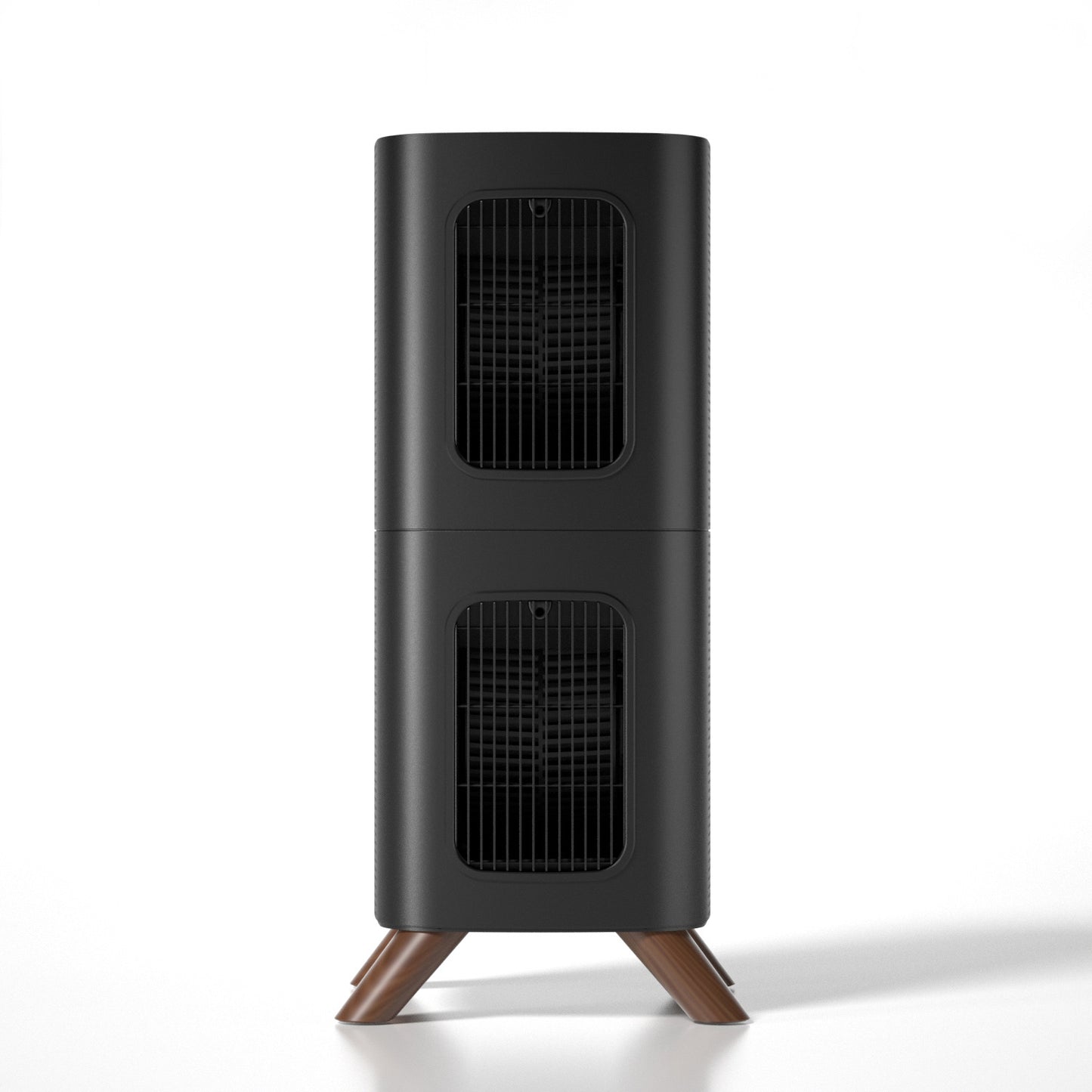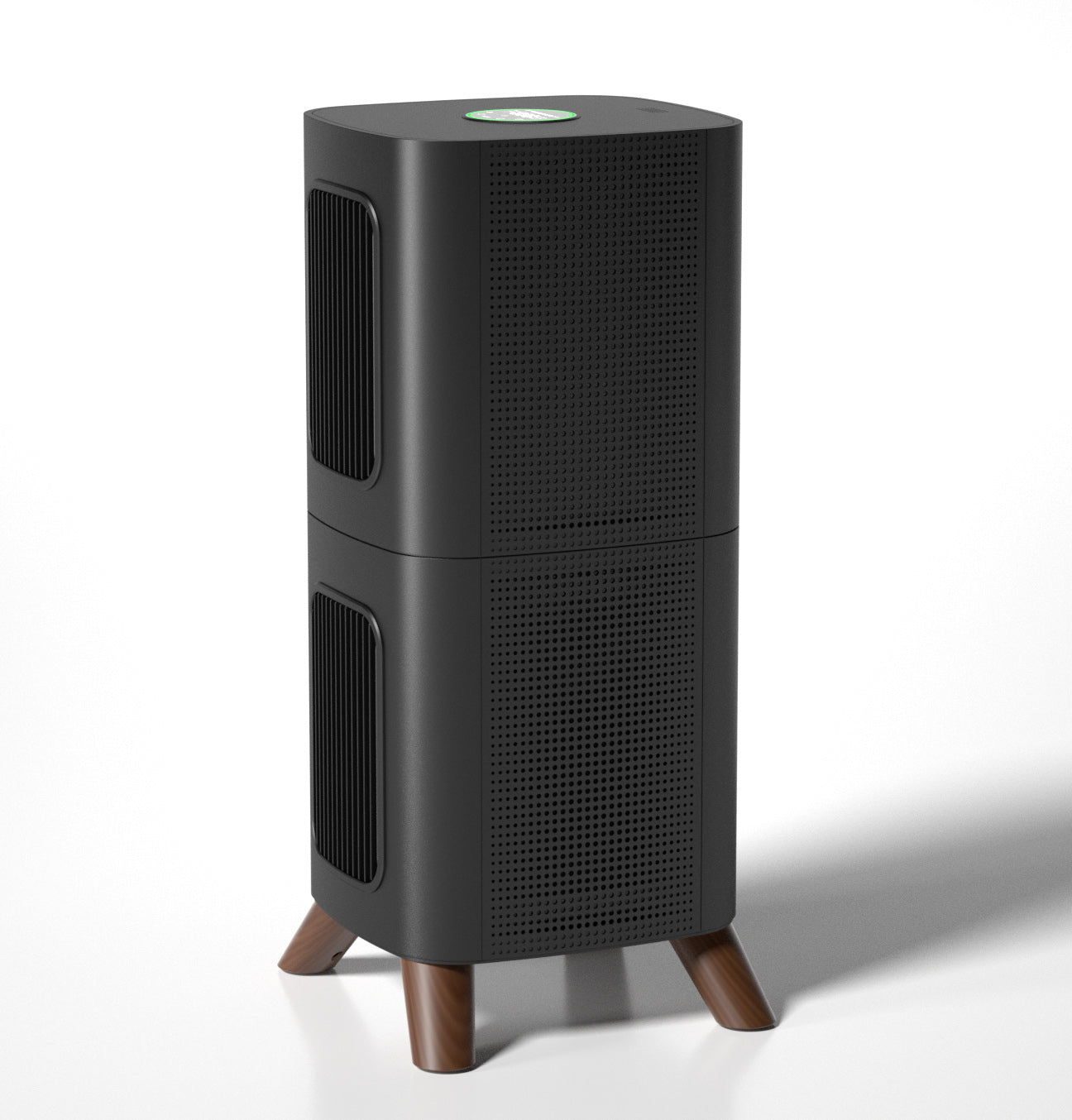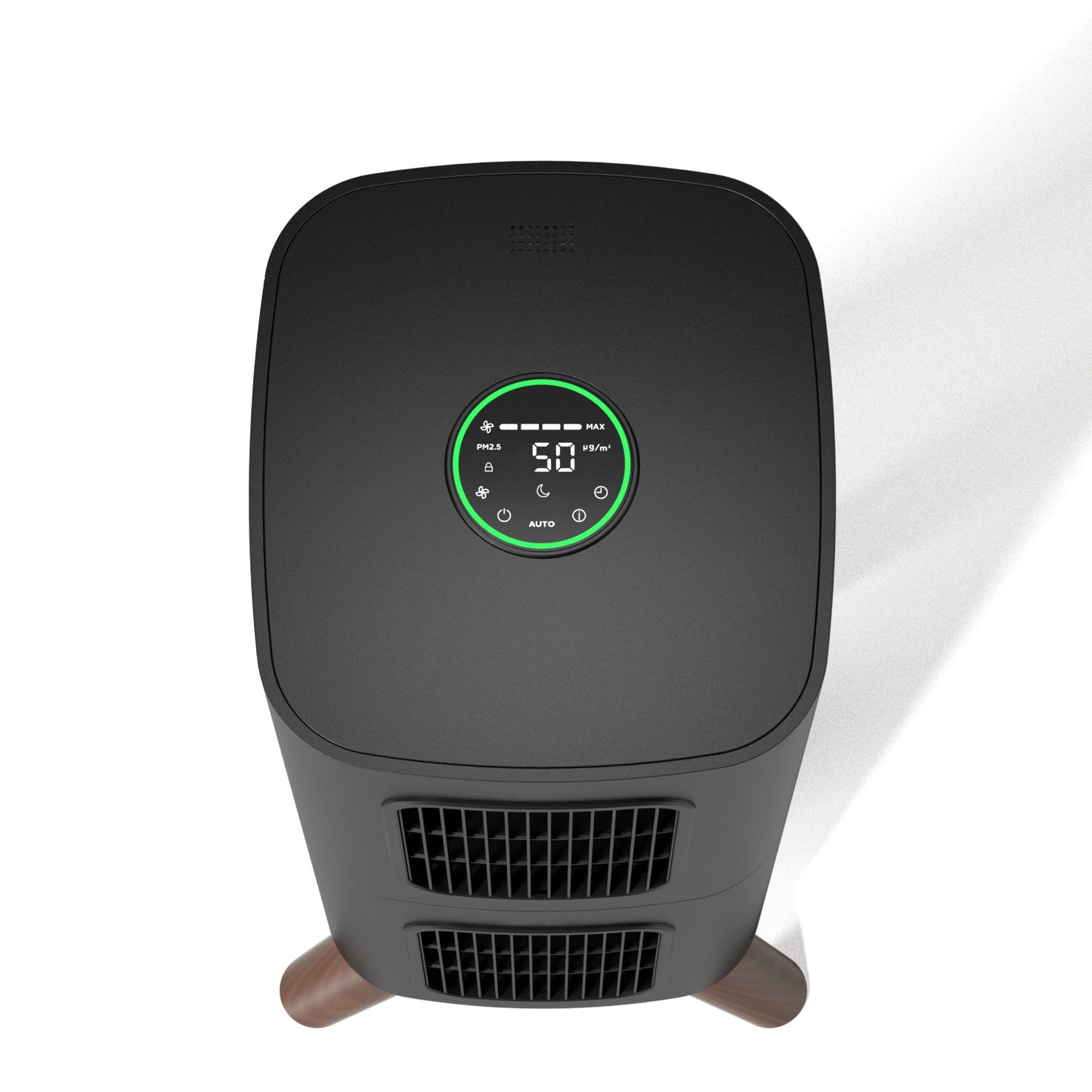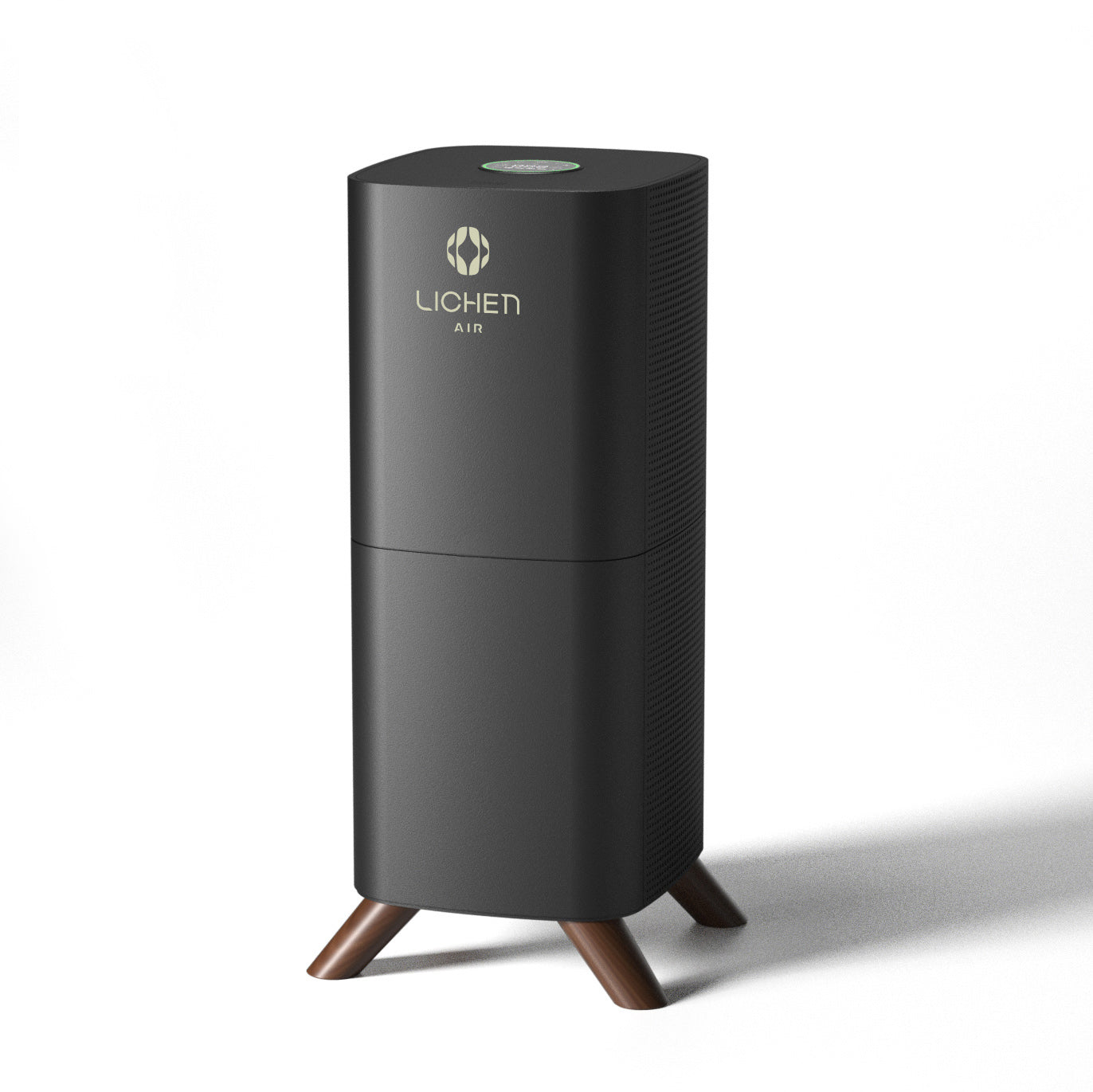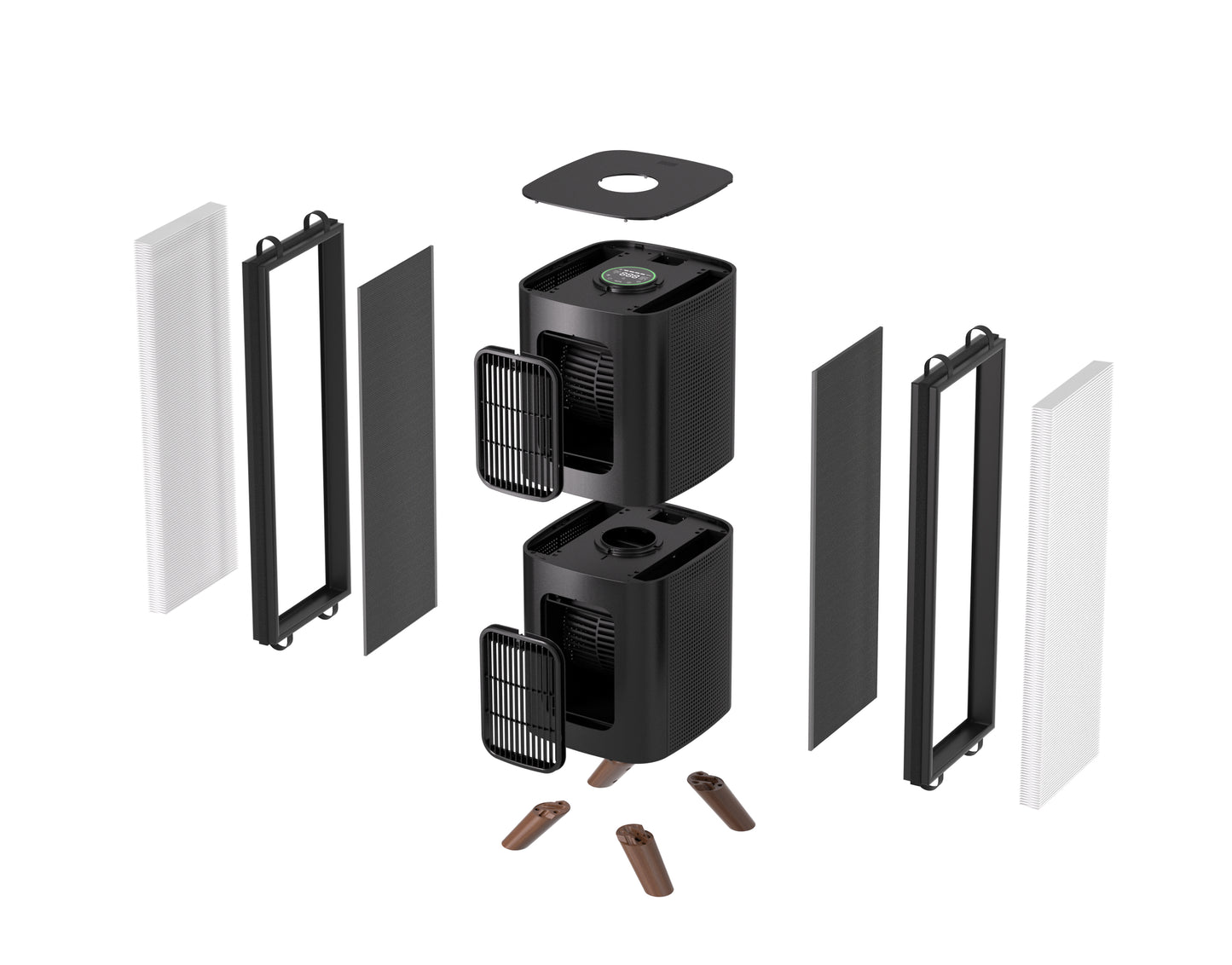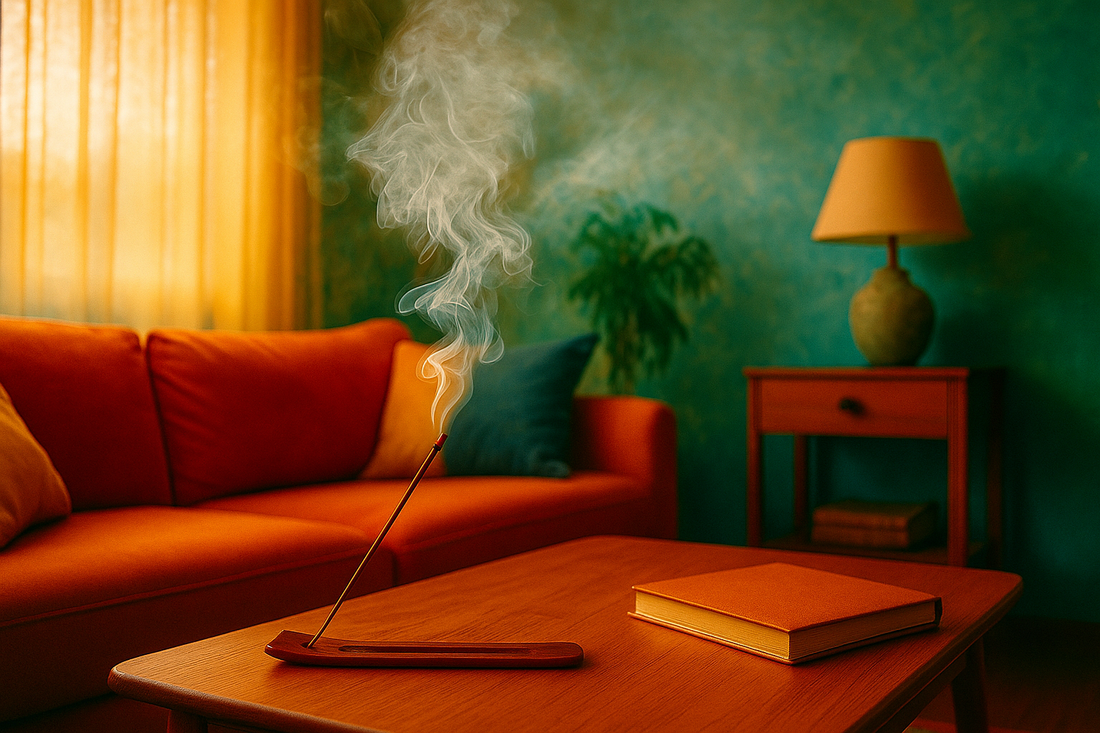
Top 4 “Wellness” Air Pollution Sources - From Incense to Essential Oils
Share
If you've been to yoga studios, wellness retreats, health stores and homes of health-conscious consumers, you might be surprised by a glaring contradiction: despite the clear research on health harms, these locations are packed with wellness-related air pollutants. From incense to scented candles to air fresheners and even essential oils, indoor air pollution generating products are everywhere. In this article, we’re deconstructing why this is such an issue and better alternatives. For tons more information about healthy air, be sure to subscribe for free updates below!
1. Incense
Incense has been incredibly popular globally for many years. It’s estimated that around the world, we burn over 200 million tons of the stuff each year. While the practice of can be calming, the reality is that burning incense generates dangerous amounts of indoor air pollution.
Burning incense is particularly concerning because it emits PM2.5 (fine particulate matter), polycyclic aromatic hydrocarbons (PAHs), and other toxic compounds known to harm lung health. Studies have shown that indoor PM2.5 levels can increase by up to 16-fold when incense is burned. This is particularly concerning in yoga or meditation spaces where deep breathing is encouraged, potentially increasing exposure to harmful particles. Another study found that per gram, incense could produce up to 5 times more particulate matter than a cigarette! Beyond the expected concern for respiratory function, it’s notable that higher exposure to incense over long periods of time may lead to worse cognitive function.
Generally speaking, research indicates that limiting total exposure to indoor incense may be the best bet when it comes to protecting our wellness. Air purification can help decrease the particulate matter generated by incense, as can improving ventilation. However, simply avoiding (or decreasing) use of indoor incense is usually considered the best way to mitigate the risks posed by exposure.
2. Scented Candles
Scented candles are a staple in many homes, designed to create a cozy atmosphere with their soft glow and fragrant (and often seasonal) scents. The global candle industry is worth billions, with millions of people burning scented candles daily. However, despite the curb appeal, we need to take a closer look at what we’re doing when we light the wick. That’s because burning scented candles releases a cocktail of indoor air pollutants which might negatively impact respiratory health.
When burned, scented candles (like all candles) emit dangerous fine particulate matter (PM2.5) and have been shown to significantly elevate a room’s air pollution levels. However, scented candles tend to produce higher levels of volatile organic compounds (VOCs), which are responsible for the scents. Some VOCs like benzene, toluene and formaldehyde are known to present risks to human health. However, many of the VOCs generated by scented candles have been poorly studied, so we don’t know exactly what they do. This largely stems from the fact that scented candles have very variable compositions, with many of them made from paraffin wax (which comes from petroleum). In animal research, exposure to scented candles was enough to elevate levels of inflammation, and it’s notable that even unlit scented candles continue to produce potentially harmful VOCs.
On a 1:1 basis, an indoor candle is unlikely to provide as much risk to health as incense. However, candles are far more commonly used. Some strategies to help decrease the associated risk to health include:
1. Keep your wicks trimmed. A high wick can generate more sputtering, which increases air pollution
2. Consider opting for unscented candles over scented candles'
3. Consider opting for beeswax or soy candles instead of paraffin wax.
4. Consider trying an electric candle!
3. Air Fresheners
Air fresheners are ubiquitously marketed as an easy way to create a pleasant-smelling home, office, or car. The industry has exploded in popularity, with plug-ins, sprays, gels, and diffusers promising to eliminate odors from your stinky teenager, pet or other source. However, rather than "freshening" the air, these products generally mask scents while introducing a range of potentially harmful chemicals that can worsen indoor air quality.
Many air fresheners contain VOCs like formaldehyde, acetaldehyde, and benzene, which have been linked to respiratory issues, hormone disruption, and even cancer. A study found that air fresheners can emit over 100 different chemicals into the air, some of which react to form secondary pollutants like formaldehyde and ozone. Unfortunately, even the supposedly “healthier” air fresheners labeled as “green” or “organic” have been found to release concerning air pollutants. The bottom line: despite their widespread use, air fresheners can make indoor air significantly worse, not better.
4. Essential Oils
Essential oils are often marketed as natural and therapeutic, with claims that they improve mood, reduce stress, and even purify the air. They’re a fixture at spas, yoga studios and the homes of millions of people in the US and around the world. Essential oils are commonly used to improve the scent of the air with a diffuser. But while essential oils are unlikely to create the same degree of harm as the other products mentioned here, and while there are a few studies indicating a potential benefit in certain uses, you should be aware of the following key points.
1. There’s very little regulation around essential oils. These products aren’t tested for quality and purity by any central organization. This means that claims like “pure” made on a bottle or website are essentially meaningless, and it means that as a consumer, you need to be cautious to read the ingredients.
2. It’s a popular misconception that just because an essential oil comes from a plant, it’s safe. But many plants produce toxic ingredients. When it comes to essential oils, allergic reactions and other negative effects can result especially when applied to the skin or taken internally.
3. If you choose to use essential oils, be aware that you’re going to be inhaling a concentrate which could be quite synthetic or otherwise altered from the original plant source. If you choose to use a diffuser, consider using filtered water which may decrease the associated air pollution.
For lots more information about incense and how to take steps to protect your wellness when it comes to your air, be sure to subscribe below!



